Dr Andy Cooke is a Natural England national specialist for agri-environment schemes. His work includes monitoring and providing advice on important wildlife habitats.
Wildflower meadows are among our most culturally important and best loved habitats, from the upland hay meadows of the Pennine Dales to the chalk downland of Sussex and Dorset and the traditional meadows of our lowlands.
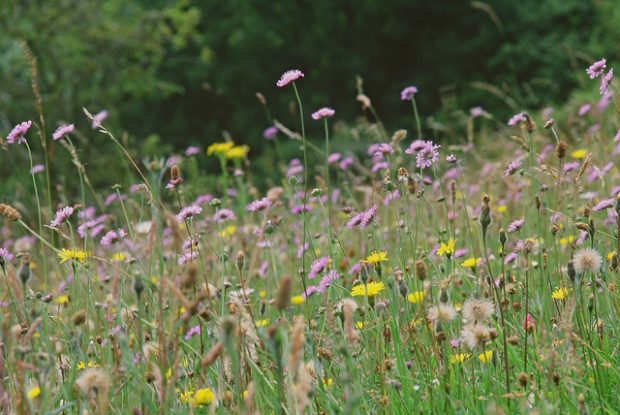
Full of vibrant wildflowers and abuzz with insects, they burst into life in late spring and illuminate our summer days. Sadly, our opportunities to wander amongst them declined greatly in the post war period with more than 97% of wildflower meadows being lost, primarily to agricultural intensification and occasionally to neglect.
The role of agri-environment schemes to bring wildflower meadows back
As the scale of loss became apparent, agri-environment schemes were designed in response. Since the 1980’s we have offered grants to farmers manage, restore and create wildflower meadows, most recently through the Higher and Mid Tiers of Countryside Stewardship.
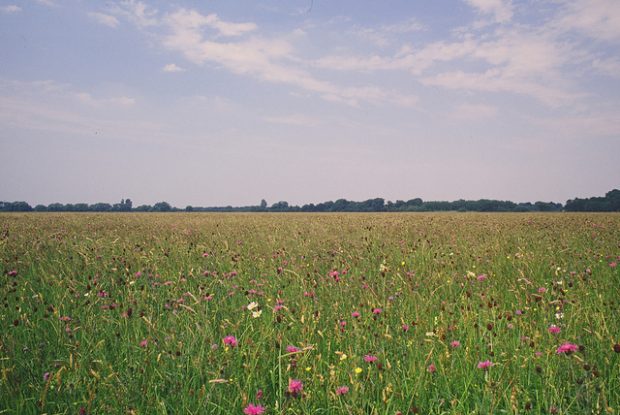
Over this time, the recommended management has been refined, underpinned by a 20-year programme of research to identify the conditions required for successful restoration and the best strategies for intervention and subsequent management, commonly referred to as aftercare.
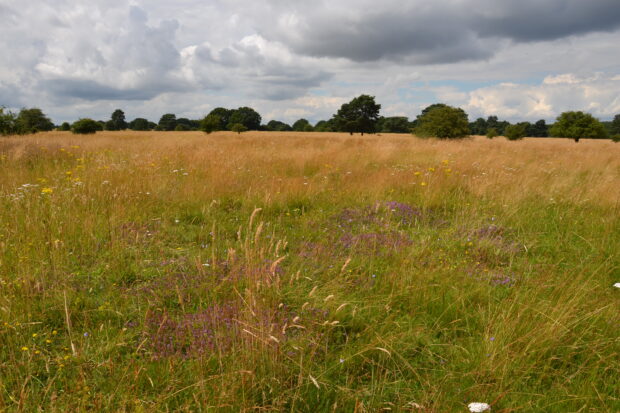
Monitoring and evaluation has always been a key element of the schemes. Our latest research underpins that:
- Targeting is important - some sites have inherent constraints (such as high fertility), but high quality wildflower meadows can be restored from impoverished starting points where there is good management.
- Site preparation is key, and so is ensuring the most appropriate species are introduced.
- Effective cutting and/or grazing management is vital, particular during early stages.
- Management may need to be delivered adaptively to get the best results.
Natural England advisers are on hand to advise farmers and land managers, and to also ensure good practice is shared and any set backs are identified and overcome. Our findings feed back into scheme design and the supporting advice we provide through Countryside Stewardship.
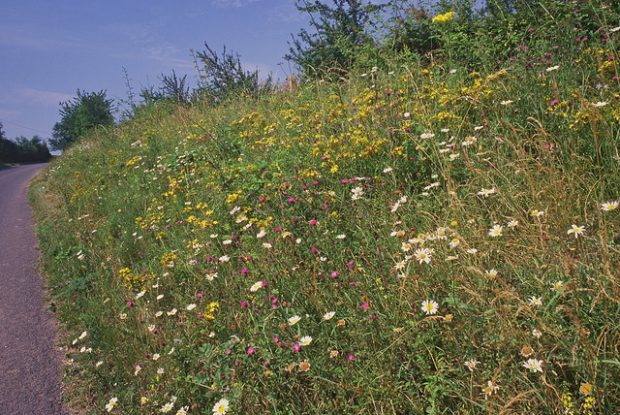
Why not create a wildflower meadow in your own garden?
Beautiful meadow flowers such as common knapweed, bird’s foot trefoil, selfheal, Oxeye daisy, and red clover can establish rapidly and provide immediate benefits to pollinators. If your lawn is dominated by course grasses, then Yellow Rattle can actively help with meadow restoration by reducing the vigour of grass species that might otherwise compete with the wildflowers.
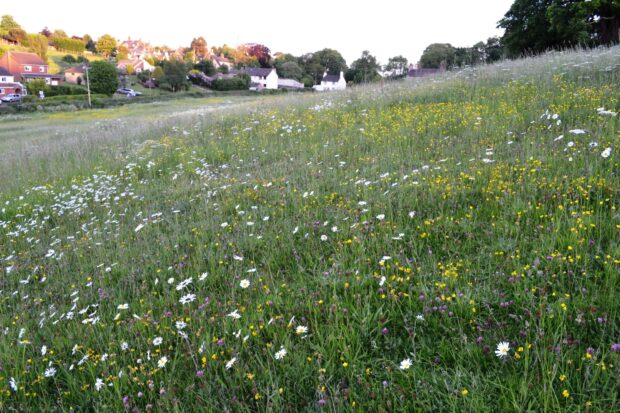
Of course, whilst farmers restore grasslands at field scale using modern machinery anyone can apply the same basic techniques on a small scale in their own garden. Here’s a handy guide on how to create a smaller patch of habitat with structure and full of pollen sources that butterflies and other insects love:
- Collect your native wildflower seed mixes. They can be bought at the garden centre or online through outlets including Cotswold Seeds or Emorsgate seeds*
- Choose a sunny patch in your garden for the wildflowers to grow. This can be as small or large as you have space for.
- Prepare some bare ground (aim for about 50%), either by digging and creating a fine seedbed, or scarifying a patch of grass. Cast the seed over the bare ground, typically in late August or September.
- Tread in the seeds, and water regularly. No need to cover with soil.
- Allow your meadow to grow up and flower in the spring and summer. Take a late ‘hay cut’ after 15th July, removing the clippings to avoid putting too much nutrient back. Your meadow should then flower again in the early autumn.*Many other seed retailers are available
4 comments
Comment by Marc Louis posted on
Unfair to name seed retailers and provide links to their website, this gives an unfair commercial advantage over other seed providers.
All you need to say is "They can be bought at the garden centre or online through outlets" and leave it at that.
Comment by Malcolm Storey posted on
I find the enthusiasm for creating wildflower meadows a bit simplistic. Sure you can get the wildflowers back (but that's just gardening). You can't recreate the soil structure with its microbial, mycological and invertebrate populations nor the above-ground invertebrate populations of a natural meadow.
Suggesting that meadows can easily be recreated weakens the justification for protecting proper surviving meadows.
Comment by Lesley wilson posted on
I have 35 Acres and would like to have a wildflower meadow,
My farm is in Chichester can I get a grant for this
Comment by K Pringle posted on
Thank you for this helpful, encouraging advice - and it’s very useful to know about the bulk seed suppliers as they are way cheaper than garden centres!